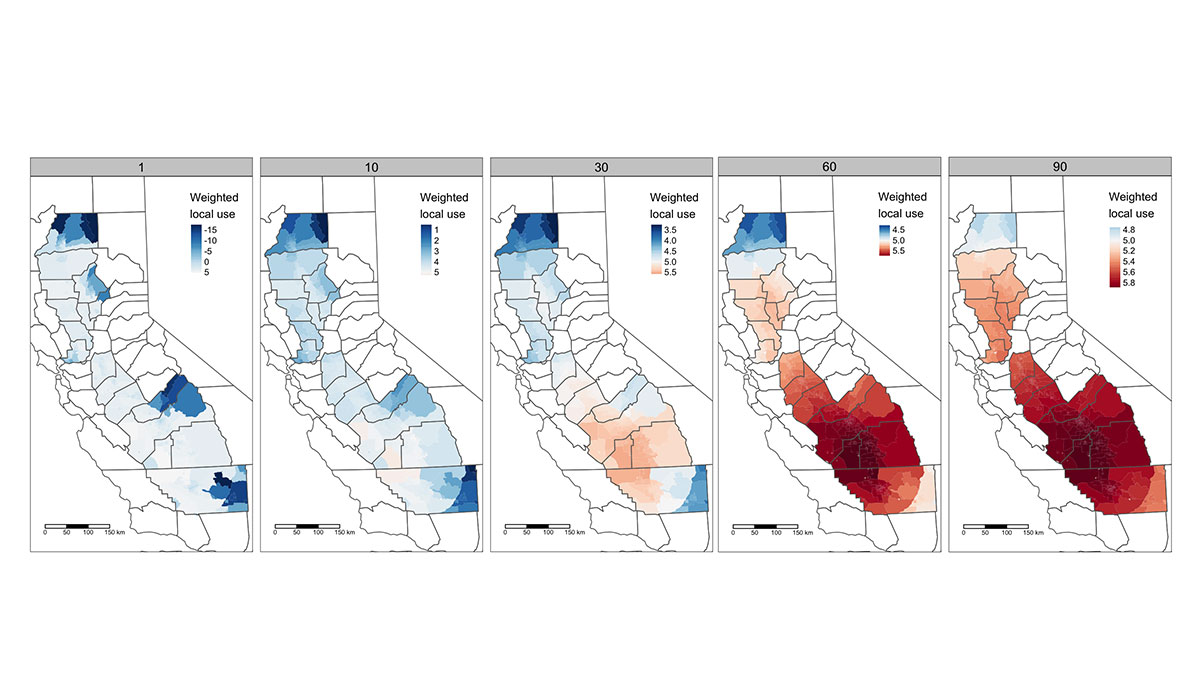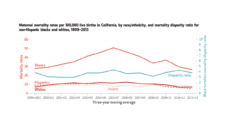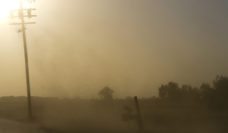California is the agricultural stronghold of the US. The state is responsible for 12.4% of gross farm income, over two times more than other states. With high rates of agricultural production come pesticides.
Chlorpyrifos is one of the most commonly used insecticides. It is also a neurotoxin. Effects of in utero exposure include small body size, poor reflexes, and high risk of developmental disorders and attention deficit hyperactivity disorder in children. In 2016, over 900,000 pounds of chlorpyrifos were used in California. As seen in the maps above, chlorpyrifos was most commonly used in the southern part of the Central Valley in the almond farm region.
Researcher Daniel Hicks correlated the use of chlorpyrifos with systems of oppression in California’s Central Valley. He looked at associations of environmental risks and race, ethnicity, class, and gender. Analyses like these expose environmental injustice where low-income communities and communities of color bear the highest levels of exposure to pollution and toxic chemicals.
Hicks used pesticide data from the California’s Department of Pesticide Regulation and merged it to US Census data. He then created a model to estimate potential exposure of different populations at increasing distances from the application site. Each map above represents a greater distance, starting at 1 kilometer and up to 90 kilometers. The darker the red, the more chlorpyrifos is used in that area.
Chlorpyrifos exposure was up to 3 times higher in census tracts with a majority Latinx population compared to those without a Latinx majority.
In California, counties regulate pesticide use, putting power in the hands of agricultural commissioners who are rarely Latinx. More diverse representation in decision-making bodies are the best protection against environmental injustices.
Databyte via Hicks DJ. Census Demographics and Chlorpyrifos Use in California’s Central Valley, 2011-15: A Distributional Environmental Justice Analysis. Int J Environ Res Public Health. 2020;17(7):2593. Published 2020 Apr 10. doi:10.3390/ijerph17072593














